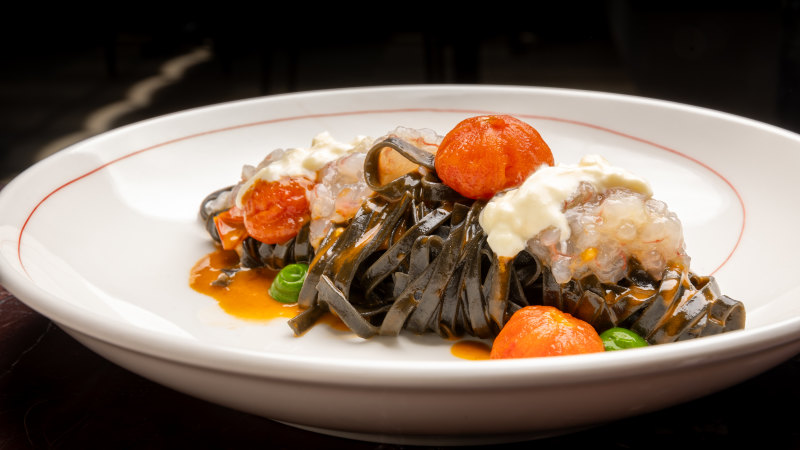When it comes to internationally famous cheeses, Mexico is not quite on the map yet. The country isn’t known to produce the smelly cheeses so fancied by Eurocentric fromage connoisseurs, where it seems the stinkier the cheese, the more highly awarded. Nor are Mexican cheeses of the highly processed variety seen in much of the United States, where industrialized shreddings and plasticky cheese-ish substances in unnatural colors abound.
A 2016 study found that the majority of cheese in Mexico is produced by small-scale or artisan cheesemakers, with around 70% of all Mexican cheese coming from these producers. This artisanal approach often uses small-batch production, raw milk and traditional methods, leading to various delicious flavors and textures. Cheesemaking in Mexico originates from the Spanish conquest, as dairy products were unknown in pre-Columbian Mesoamerica.
In 1521, Spanish conquistadors brought cattle, sheep and goats to the New World, permanently changing dietary habits. Over time, the blending of European and Indigenous peoples and traditions led to the modification of cheeses to suit creole tastes. For our dearest readers, we unpack the créme de la créme of the national cheese scene in our guide to some of Mexico’s most popular cheeses below: Hailing from Michoacán, this crumbly delight is Mexico’s answer to Parmesan.
Aged for a minimum of 100 days and sometimes up to a year, cotija develops a salty flavor with a milky undertone that intensifies ove.
















